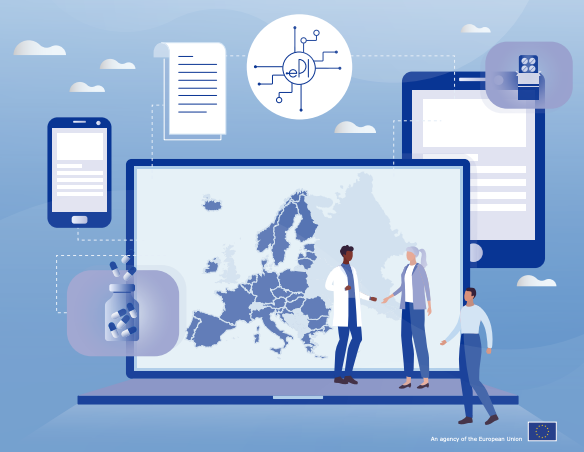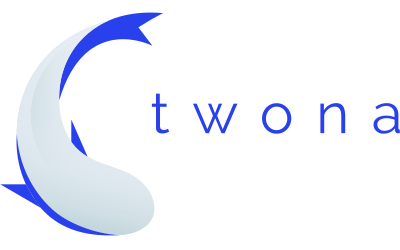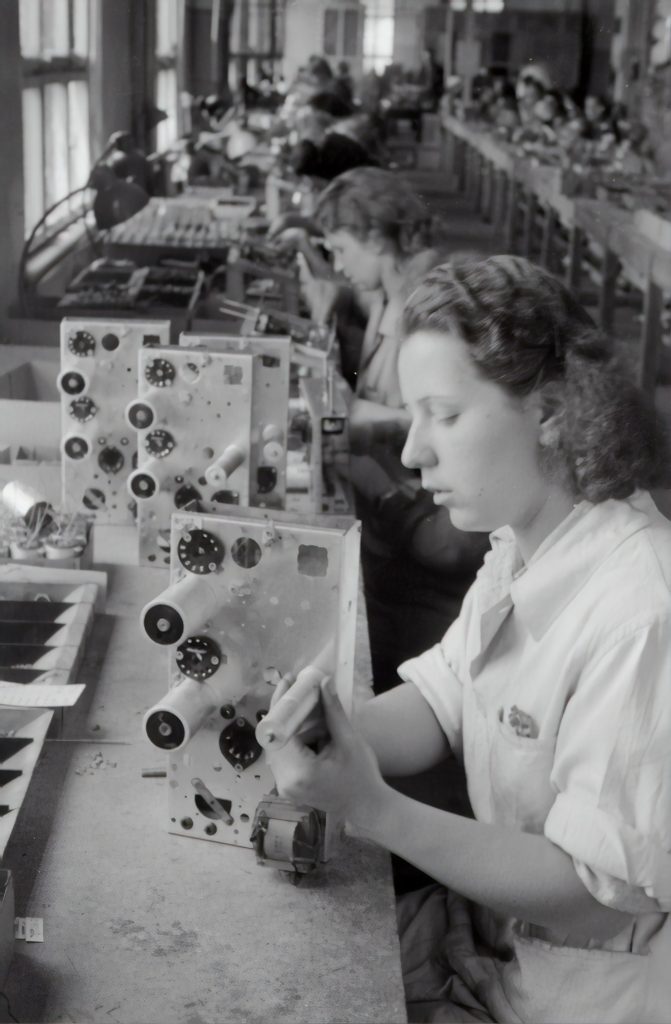
If you follow us, you would remember an earlier article about changes in the pharmaceutical industry in the last years, around tools and technology for document management.
Was it an exponential change in the industry ?
Some examples of these changes are:
- A paper archive/database
- Tracing in an spreadsheet
- Control of changes on paper
- Email or Fax as project manager
- Visual Artwork review

These types of processes are now a thing of the past, and are being replaced by Artwork Management systems, and proofing tools that take change management to a totally new level.
The change has been enormous and more changes could be needed due to agreements between the European Medicines Agency (EMA) , management at Medicine agencies (HMA) and the European commission projects from 2018, aiming at a digital transformation in sanitary support in the European Union (see the draft here: EMA)
This transformation has implications that are beyond my knowledge, but some of the phases that it entails were:
- March 2017 – report from the European Commission with an action plan for the EMA to identify areas susceptible of improvement to satisfy the needs of patients and professionals.
- 2018 – collaboration between EMA-HMA-EC identifying the needs for a future digitalization.
- March 2017 – report from the European Commission with an action plan for the EMA to identify areas susceptible of improvement to satisfy the needs of patients and professionals.
- 28 november 2018 – EMA runs a workshop with patients/consumers, health professionals, interested parties in the industry, academics, NGOs and regulators. This returned the key principles of this process.
- February to July 2019 – public consultation with over 500 comments.
After reviewing these comments in relation to the key principles defined, a pilot program emerged in January 2022, aimed at evaluating the impact of the removal of the paper leaflets in a small portion of medicines for human use, within hospitals.
These medicines should include in their primary packaging a non serialised Data Matrix code that, once captured, would allow direct access to the digital version of the leaflet from the information allocated in CIMA.

The pilot duration will be at least 2 years, and it will be implemented progressively.
Would there really be a digitalization in health assistance in the European Union? I believe that after all the effort, this will become a reality. The only question is to what extent is the EU capable of coordinating for the big change of digital times.
And you, are you ready?

Artwork Manager


